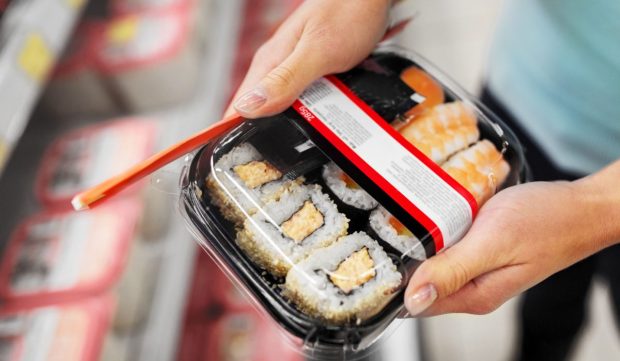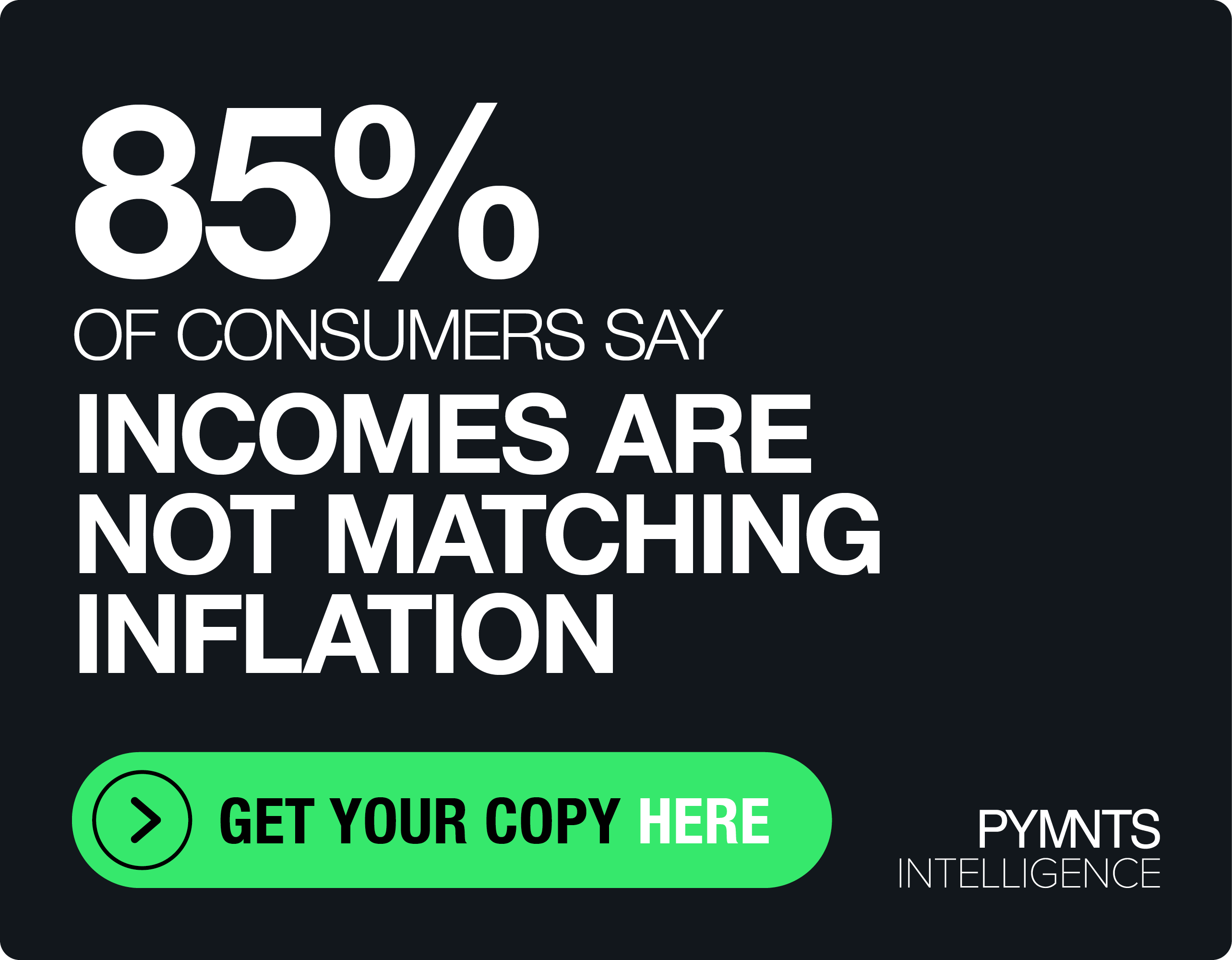Kroger Teams with Uber Eats in Bid for Greater Share of Food Spend

In an effort to embed its offerings more deeply in consumers’ day-to-day routines, The Kroger Co.is expanding its digital presence beyond grocery.
The grocery giant announced Wednesday (May 3) the launch of sushi and floral arrangement deliveries via the aggregator from more than 1,400 stores, a move that builds on the retailer’s existing partnership to deliver the same via DoorDash, announced late last year.
The move comes as Kroger looks to grow its presence in consumers’ cross-category food routines, becoming a destination not only for groceries but also for ready-made meals. This shift is reflected in the retailer’s language, which now extends well beyond the focus on grocery.
“Kroger continues to bring customers additional ways to enjoy their favorite fresh products with zero compromise on convenience or value,” Stuart Aitken, the grocer’s senior vice president, chief merchant and marketing officer, said in a statement. “Now with Uber Eats, our customers have more options to quickly and easily order a California Crunch Roll for dinner tonight or send a fresh, premium floral bouquet just to say, ’I’m thinking about you.’”
The move is part of Kroger’s ongoing effort to become a go-to destination across food categories. For instance, the grocer’s Kitchen United Mix locations bring a range of restaurant options into stores, and its Home Chef business offers meal kits and prepared meals.
“If you look at our Home Chef and products related to that, a customer can get a meal for one-third to one-fourth of what it costs going out,” Kroger CEO Rodney McMullen noted on the grocer’s last earnings call.
Certainly, meal delivery presents a greater opportunity for digital engagement right now than grocery delivery. Data from PYMNTS’ study “12 Months Of The ConnectedEconomy™: 33,000 Consumers On Digital’s Role In Their Everyday Lives,” which draws from responses from tens of thousands of U.S. consumers, notes that 57% order from restaurants online.
Conversely, research from PYMNTS’ study “Changes in Grocery Shopping Habits and Perception,” which drew from a December survey of more than 2,400 U.S. consumers, found that only 45% shop for groceries online at least some of the time.
Additionally, by offering not only meal delivery but also floral arrangements on demand, the grocer is expanding to even more parts of customers’ day-to-day routines, which can be a powerful way to drive loyalty.
PYMNTS research shows that brands and retailers that can engage consumers across as many pillars of the ConnectedEconomy™ as possible — how they eat, shop, pay, live, travel, bank, work, communicate, have fun and stay well — build deeper customer relationships than those that stay limited to just one.
The partnerships also enable Kroger to establish a relationship with these aggregators as they each expand their grocery presence. Uber Eats, for one, shared on a call with analysts Tuesday (May 2) that its reach in the space is growing.
“We are introducing the native grocery experience to a much larger audience across the company, and as we have done that, we have seen the percentage of Uber Eats customers who then order from New Verticals increase nicely,” CEO Dara Khosrowshahi said.
DoorDash, for its part, shared on its last earnings call in February that it was seeing major grocery growth.
“Our third-party U.S. grocery business grew 100% year on year, both in Q3 and Q4,” CFO Prabir Adarkar commented.

